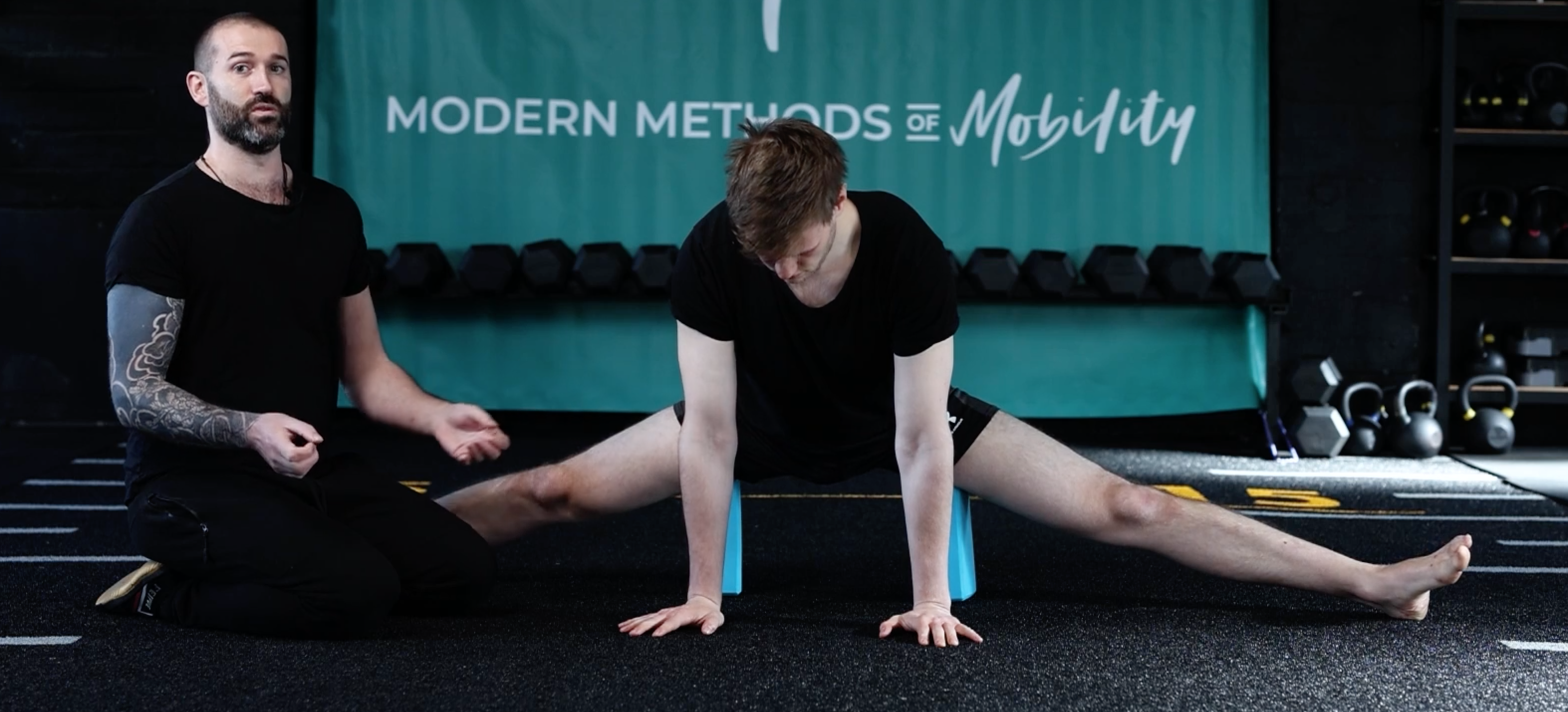“Training the full range of motion” “strengthening your end range” and other conditioning platitudes have become trendy online these days. The associated videos often show either just a normal exercise with full motion of a joint, light weights being lifted in awkward positions, or convoluted setups of bands, cables, or proprietary equipment. With such a variety of exercises all being put in the same bucket, I think it’s worth examining the underlying intent of training at end range.
Looking at the research, strength expresses as a curve where the most force is produced at the mid range to top range of a motion. This is easily experienced, you produce less force when your muscle is stretched and lengthened. It’s why an “ass-to-grass” squat is more challenging to move heavy weight than a quarter squat.
With this in mind, what does end range training do? Does it raise the curve entirely? So if I raise the end ranges, does it raise the middle of the curve? Or if I raise the end ranges, does it flatten the curve? The research is unclear. However we know with the opposite approach, raising mid range strength generally raises the extended range and the shortened range. However even then it’s unclear whether they raise proportionally or just sharpen the curve.
Because of this, it’s more useful to think of developing your end range strength in a specialized, task-specific lens. If you think of the range of motion your joint can move to complete a task, I would define that as your operating range, which is quite equivalent to your mid range. This differs from your physiological end ranges: how much your joint capsule can move (structural), neurologically how far your brain allows you to move (neurological), how much your muscles can contract/relax to position you in a shape (muscular).
So in the Modern Methods of Mobility, when we speak of training the end range, we are trying to educate the body to redefine these physiological end ranges to expand our operating range – enabling us to achieve tasks that were previously impossible due to these limitations. And that’s why you’ll see a variety of very different exercises that all claim to train the end range of your middle split, for example.

If the end range is muscular, you’ll see dog tilt leg lifts being used to facilitate the antagonist stretch reflex to lengthen the adductors. Or you’ll see horse stance trained for time to strengthen the adductors at the lengthened end of the strength curve.

If the end range is neurological, then supported slide splits can ease the discomfort and repattern the apprehension of being in this shape.

If the end range is structural, congrats you’ve reached your ‘truest’ end range. Structural end range comes from your parents. While this is somewhat malleable in youth, it’s basically unchangeable in adults.
So if you’ve been dabbling with novel end range exercises from Instagram and getting inconsistent results, think about these two things: are you actually training end range, or just the edges of your operating range? If you are, what kind of end range is being trained? And is that end range what’s limiting you?
– Emmet


